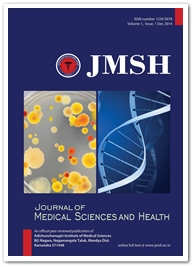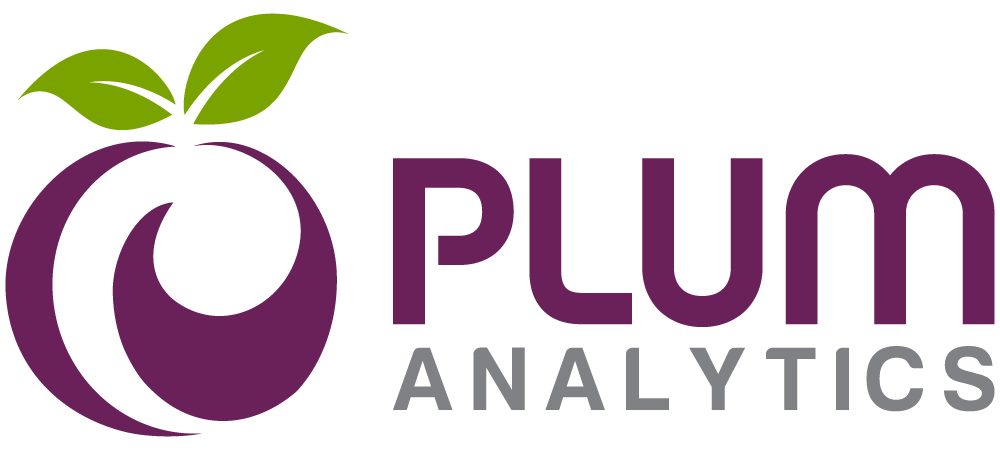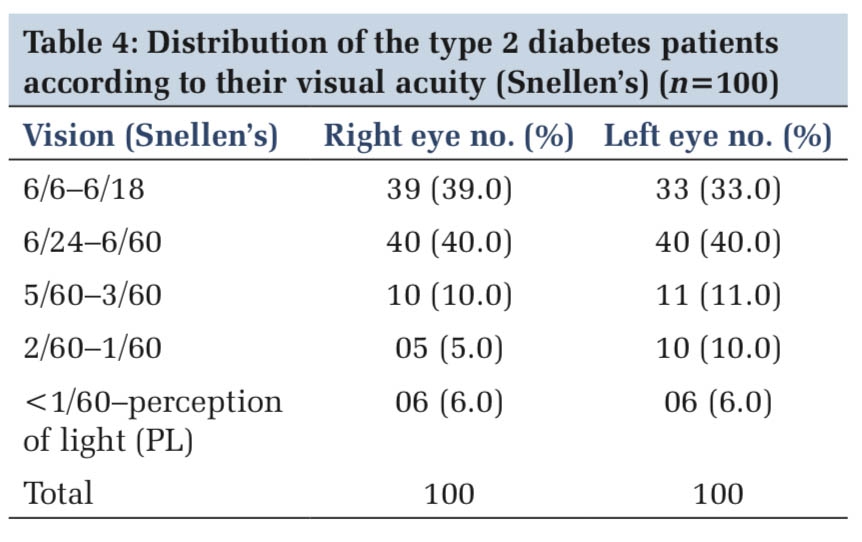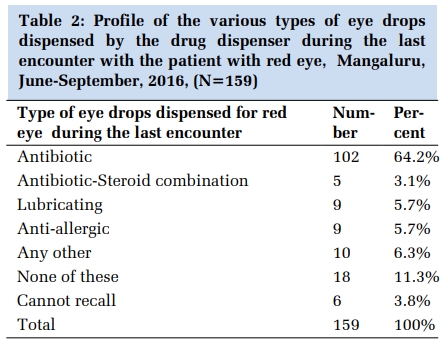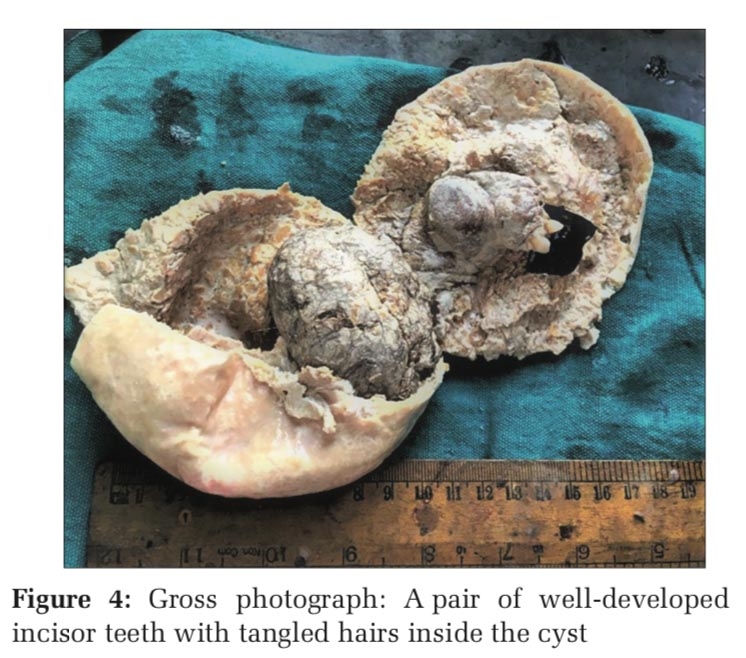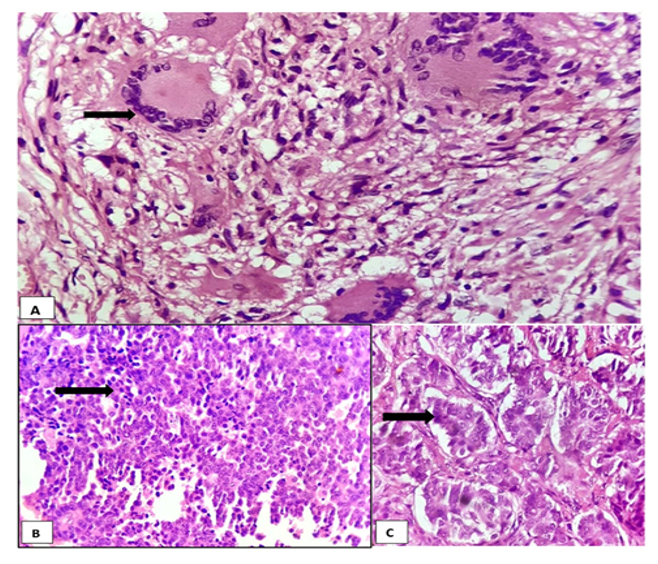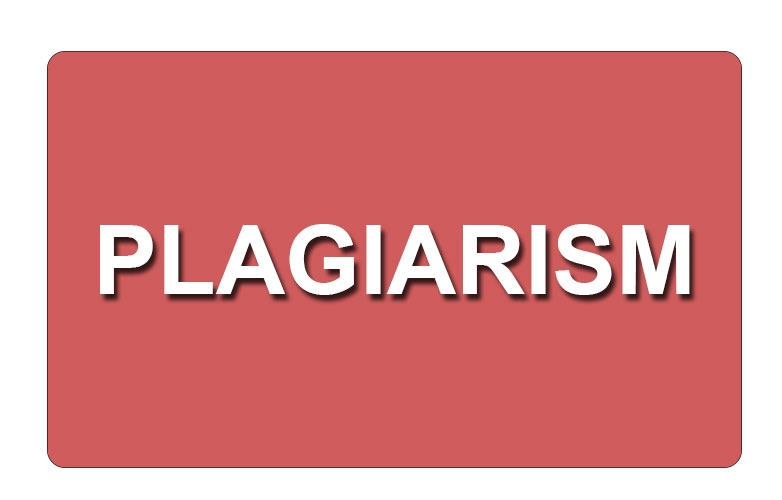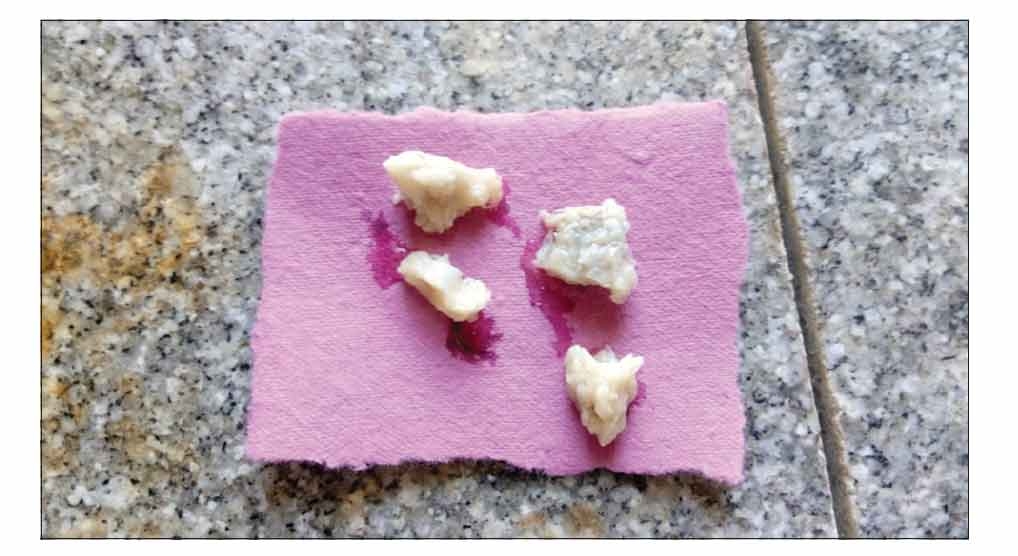Introduction
Aphasia is a neurological condition resulting from damage to the brain's language centres, primarily in the left hemisphere. It is estimated that approximately 30% of stroke survivors experience some form of aphasia, highlighting its significance as a public health issue. 1 The condition encompasses various types, including Broca’s aphasia, characterised by non-fluent speech with relatively preserved comprehension; Wernicke’s aphasia, marked by fluent but often meaningless speech and poor comprehension; and global aphasia, the most severe form, involving nearly total loss of speech, writing, and comprehension. 2 Aphasia affects individuals, their families, and caregivers by impairing social interactions, employment opportunities, and overall quality of life. This underscores the importance of effective assessment and intervention to improve both the condition and the quality of life of individuals living with aphasia.
The picture-naming task is widely recognized in aphasia research as a reliable measure of lexical retrieval and language production abilities. During this task, individuals are asked to name objects depicted in images, which helps researchers and clinicians assess their ability to access and produce specific lexical items. 3 Due to its reliability, the picture naming task is commonly used in research and clinical practice to gauge language impairment and progress. Additionally, semantic factors have been shown to impact naming accuracy; for instance, semantically related items can facilitate the association between the response cue and the response, which may explain why semantic relationships affect naming performance. 4
Environmental noise is another critical factor impacting cognitive and linguistic performance, particularly 5 Studies with neurotypical populations suggest that masking noise can impair both speech perception and production, adding considerable strain to speech processing. Research has shown that noise disrupts speech production, leading participants to rely more on external cues and increasing primary errors. The relevance of noise in language processing is especially pertinent for individuals with aphasia, who already experience lexical retrieval and production challenges. 6 Despite its importance, research on how noise affects language processing in aphasia is limited. Notably, another study has found that individuals with aphasia demonstrated lower naming accuracy in noisy environments than quiet ones, suggesting that noise exacerbates language retrieval difficulties in this population. 7
Environmental noise can harm cognitive functions by increasing the cognitive load on attention and working memory. According to the Load Theory of Selective Attention, any factor that imposes additional cognitive load, such as noise, will hinder attentional efficiency. Thus, blocking noise may reduce the efficiency of picture naming in individuals with aphasia.8 Lavie’s Load Theory identifies two types of cognitive load: perceptual and cognitive. Cognitive load relates to the mental effort required for task execution, including working memory and task complexity, while perceptual load is defined by the complexity and quantity of sensory information that needs processing. In individuals with aphasia, perceptual processing—like recognizing written words or hearing sounds—may remain relatively intact, allowing individuals to cope with low to moderate levels of perceptual load. However, cognitive load poses a greater challenge. Since aphasia often impairs language production and comprehension, significant cognitive resources are already devoted to basic language tasks, leaving fewer available for attention control and multitasking. 9
According to the theory, tasks with high perceptual load consume most attentional resources, leaving little room for processing irrelevant stimuli. Under lower perceptual loads, more resources are available to process distractions, leading to greater susceptibility to interference. Given that many individuals with aphasia have impaired working memory, high cognitive load may further deplete their attentional resources, causing increased errors and processing times. 10
In noisy environments such as classrooms, offices, or public places, individuals with aphasia face additional challenges from competing auditory information. In such settings, attention is divided between processing relevant speech information and filtering out background noise, reducing performance on language-related tasks. 11 Load Theory explains that “in a noisy room, attentional resources are split”, meaning that part of the attention is directed towards processing relevant auditory information while the other part filters out irrelevant noise. This division of attentional resources can significantly impact tasks like picture naming and speech comprehension, leading to a notable decline in performance for individuals with aphasia.
Growing research interest has focused on the impact of environmental factors, such as noise, on cognitive and linguistic performance. 12 Masking noise, in particular, refers to the inability to perform a task due to concurrent distracting noise, which is especially relevant in studying aphasia. Although many studies have examined the effects of sound on language performance, research specific to individuals with aphasia remains limited. The impact of masking noise on picture naming for aphasic individuals is an important area of inquiry, as it reflects the challenges they face in real-world settings and highlights the extent of these individuals face difficulties. 13
To date, limited research has examined the specific impact of environmental noise on lexical retrieval and naming accuracy in individuals with Broca’s aphasia, particularly within the unique linguistic and cultural context of Mysore, Karnataka. Understanding how noise conditions—such as ‘masked' (background noise) and ‘unmasked' (quiet) environments—affect picture naming abilities is crucial for developing targeted interventions that support verbal communication for individuals with Broca’s aphasia. By addressing this gap, the present study aims to provide insights that can inform practical strategies and therapeutic approaches to improve communication outcomes for individuals with Broca’s aphasia in noise-prone settings.
Method
Participants
A total of 30 participants aged above 20 years were included in the present study. All the participants were native Kannada speakers who had a minimum of primary education. These participants were grouped into 2 groups. Group 1 consisted of 15 individuals with Broca’s Aphasia (IBA) with the mean age of 41.8 years (SD=16.58; range= 22-68 years) who were diagnosed based on their performances on Western Aphasia Battery- Kannada (WAB-K). 14 Additionally, Montreal Cognitive Assessment (MoCA) was administered to screen for cognitive impairments. 15 Participants not exhibiting any signs of Apraxia of speech (AOS) were screened using Apraxia section of WAB-K. The aetiology of the aphasia in all participants of Group 1 was a single Left Cerebrovascular accident. Group 2 consisted of 15 Neurotypical individuals (NTI) with the mean age of 40.46 years (SD=18.25; range= 22-67 years). The details of the participants are provided in the Table 1. This study was conducted in All India Institute of Speech and Hearing (AIISH), Mysore after obtaining approval from the approval from institute’s Ethical committee (No. SH/EC/PhD/SLP-6/2023-2024). A written informed consent was obtained from all the participants before initiating the study procedures.
|
Participants |
Age |
Gender |
Qualification |
|
Group 1: |
|
|
|
|
IBA 1 1 IBA 2 IBA 3 IBA 4 IBA 5 IBA 6 IBA 7 IBA 8 IBA 9 IBA 10 IBA 11 IBA 12 IBA 13 IBA 14 IBA 15 |
46 32 22 34 30 56 24 48 37 57 59 48 68 34 32 |
Male Male Female Male Male Female Male Male Male Male Female Male Male Male Female |
Graduation Post-Graduation Graduation Post-Graduation Diploma Post-Graduation Graduation Higher Secondary Graduation Graduation Graduation Post-Graduation Post-Graduation Graduation Graduation |
|
Group 2: |
|
|
|
|
NTI 1 2 NTI 2 NTI 3 NTI 4 NTI 5 NTI 6 NTI 7 NTI 8 NTI 9 NTI 10 NTI 11 NTI 12 NTI 13 NTI 14 NTI 15 |
44 30 24 32 28 55 22 48 35 55 60 45 67 32 30 |
Male Male Female Male Male Female Male Male Male Male Female Male Male Male Female |
Graduation Post-Graduation Post-Graduation Graduation Graduation Post-Graduation Post-Graduation Higher Secondary Graduation Graduation Graduation Post-Graduation Post-Graduation Graduation Graduation |
Material
The stimulus includes ten black and white line drawings from the Confrontation Naming subtest of Cognitive-Linguistic Quick Test- Kannada (CLQT-K). 16
Procedure
All participants completed the testing in a single session, which took around 45-60 minutes. Each participant was made to sit comfortably facing the computer screen in a quiet and distraction-free environment. The picture naming ability of the participants were assessed under two listening conditions i.e. unmasked and noise masked conditions. The procedures remain identical for both the conditions. Additionally, for noise masked condition white noise was generated using Audacity software (version 2.0.5). The stimulus presentation and recording were controlled using DMDX software. 17
For unmasked condition, each participant was instructed to name each picture displayed on the screen overtly. Whereas for noise masked condition, the picture stimulus would appear immediately followed by the white noise which was presented through the headphones at the participant’s highest tolerance level to ensure effective masking. The participant was instructed to name the picture during the presentation of noise.
The response of each participant was recorded using a unidirectional microphone that was placed at a constant distance of 6 inches from the corner of their mouth. Thus, all the samples collected were saved onto the hard disk of the computer for further analysis. The recording obtained from each subject was further transcribed using International Phonetic Alphabet (IPA). The total number of correct, incorrect, and no responses was recorded to calculate accuracy. Correct responses were assigned a score of 2, while incorrect responses—including phonemic, morphological, and semantic errors, as well as neologisms—were given a score of 1. No responses were scored 0. These scores were used to determine response accuracy for each test item. Reaction times were also measured using the Check vocal software. The obtained scores were tabulated and subjected to statistical analysis using SPSS software (version 20.0).
Results
Statistical computation was done using the Statistical Package for Social Sciences (SPSS) version 20.0. The data obtained were subjected to a test of normality using the Shapiro-Wilk test, and the normality test revealed a non-normal distribution of the data (p < 0.05). Owing to these, non-parametric tests were used for data analysis. Comparison of groups (between groups) was done using the Mann-Whitney U test. Multiple group comparison was carried out by employing the Kruskal-Wallis Test, and within-group comparison was done using the Wilcoxon Signed-Rank test. The results and findings obtained are explained below.
Accuracy
Table 2 and Figure 1 indicate the mean and standard deviation scores obtained for accuracy between conditions in IBA and NTI. NTI had significantly higher accuracy scores than IBA in both unmasked and noise-masked conditions (see Table 2). Further, it is also evident that the accuracy scores were better in unmasked conditions when compared to noise masked conditions in both groups.
|
Unmasked |
Noise masked |
||||||
|
IBA |
NTI |
IBA |
NTI |
||||
|
Mean |
SD |
Mean |
SD |
Mean |
SD |
Mean |
SD |
|
46.00 |
9.10 |
99.33 |
2.58 |
35.33 |
7.43 |
98.00 |
4.14 |
The results of the Mann-Whitney U test obtained for unmasked conditions revealed that Group 2 had significantly higher accuracy scores than Group 1, with a U value of 225, Z = 4.96, p<0.001 and r=0.90, indicating a large effect size. Similarly, for noise masked condition, Group 2 outperformed Group 1 in terms of accuracy, with a U value of 225, Z = 4.91, p<0.001 and r=0.90, indicating a strong and statistically significant difference between the groups in both conditions.
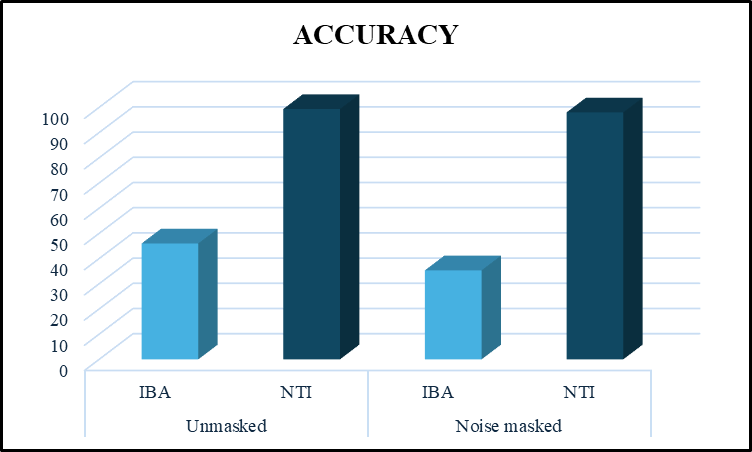
The Wilcoxon signed-rank test was conducted to explore performance differences within the groups further. For Group 1, the results indicated that accuracy scores were significantly higher in the unmasked condition compared to the noise masked condition (Z = -3.025, p<0.05). Whereas in Group 2, accuracy scores showed no significant difference between unmasked and noise masked conditions (Z = -1.00, p<0.05), suggesting that this group, consisting of neurotypical individuals, maintained consistent performance despite challenging conditions.
Reaction time
Table 3 and Figure 2 represent the mean and standard deviation values obtained for reaction time measures between conditions in IBA and NTI. As evident from the Table 3 and Figure 2, the mean reaction time was shorter for NTI in both the conditions; further, it is also noted that the mean reaction time was higher for the noise masked condition in both IBA and NTI than for unmasked condition.
Similarly, the reaction time for Group 2 was significantly shorter than that for Group 1, as evidenced by the Mann-Whitney U test results. in both unmasked (U = 24.106, Z = -4.96, p<0.001, r = 0.91) and noise masked (U = 0.00, Z = -4.66, p<0.001, r = 0.85) conditions. These large effect sizes indicate that Group 2 outperformed Group 1 in terms of reaction time across both listening conditions. Further the results of Wilcoxon signed-rank test revealed that the reaction time was better in the unmasked condition for both IBA (Z = -3.408, p<0.05) and NTI (Z = -3.14, p<0.05).
|
Unmasked |
Noise masked |
||||||
|
IBA |
NTI |
IBA |
NTI |
||||
|
Mean |
SD |
Mean |
SD |
Mean |
SD |
Mean |
SD |
|
1640.13 |
458.03 |
482.99 |
138.20 |
2950.04 |
972.79 |
730.54 |
198.75 |

Discussion
Research indicates that NTI are typically able to maintain stable performance in noisy environments, employing compensatory cognitive strategies that help maintain accuracy and efficiency despite challenging conditions. 18 This adaptive capability aligns with the present study's findings, where NTI demonstrated consistent accuracy across noise conditions, indicating efficient noise management strategies.
In contrast, IBA often experience greater difficulty with lexical retrieval and are particularly affected by noise, which can impede language processing. For instance, another study examined how retelling stories under various background noise conditions affected the communicative experiences of IBA. The findings revealed that background noise resulted in increased cognitive and emotional challenges for IBA, underscoring the need for distraction-free environments to facilitate effective communication. 19
Comparative research highlights that NTI consistently outperform IBA in both accuracy and reaction time, with NTI showing faster retrieval and response speeds due to intact cognitive and auditory processing abilities. 20, 21 The present study’s Mann-Whitney U test results support these findings, indicating significantly faster reaction times and higher accuracy scores for NTI, reaffirming their superior performance under both quiet and noisy conditions. Meanwhile, for IBA, environmental noise imposes additional cognitive demands, which may lead to delayed response times and reduced accuracy. Studies on auditory distraction have reported that noise amplifies cognitive load even in NTI, and this impact is more pronounced in IBA due to their compromised language processing abilities.
Reducing auditory distractions in therapeutic and everyday settings may enhance language processing and communication outcomes for IBA, thereby improving their quality of life. In both therapeutic and everyday environments, noise reduction strategies play a crucial role in optimizing language comprehension and production for individuals with aphasia. Clinically, modifying the acoustic environment can significantly reduce cognitive load, allowing them to focus more effectively on linguistic tasks. A primary strategy involves environmental modifications by incorporating elements like installing acoustic ceiling tiles, wall panels, carpeting, curtains, and using rubber pads under furniture to dampen reverberation and echo. These modifications help reduce overall background noise and improve speech intelligibility.
The broader implications of this study also extend to public awareness and policy by emphasizing the need for more inclusive and accessible auditory environments. The findings suggest that individuals with Broca’s aphasia, and potentially other language impairments, are disproportionately affected by high-noise settings, highlighting the necessity for noise regulation policies in public spaces such as hospitals, transit systems, libraries, and government buildings. For instance, guidelines similar to those used in educational settings for children with special needs such as acoustic standards for classroom noise levels and reverberation times outlined by the American National Standards Institute (ANSI S12.60-2010) 22 could be adapted for broader public use. 23 Moreover, urban planning and architectural policies could prioritize universal design principles that include quiet zones and acoustically optimized areas, thereby reducing environmental barriers for people with aphasia. By implementing such measures, policy can actively promote communicative equity and improve quality of life for individuals with language impairments.
This study has potential limitations. Firstly, the sample size was relatively small (N = 30), which may limit the generalizability of the findings to the wider population of individuals with aphasia. Second, the study also focused solely on individuals with Broca’s aphasia, excluding other types of aphasia that may exhibit different language processing profiles and responses to noise. This restricts the scope of the findings and limits their applicability across the broader aphasia spectrum. Third, the study also focused exclusively on native Kannada speakers within a specific regional and cultural context, which may not represent the linguistic diversity and variability seen in other populations. Additionally, the study employed a limited set of stimuli which would potentially restrict the range of lexical retrieval challenges assessed. Another limitation is the exclusive use of white noise as the auditory distraction. While controlled, this does not encompass the complexity and variability of everyday noisy environments, such as speech babble, traffic, or overlapping conversations. Future research should consider larger, more diverse samples, longitudinal designs, and a broader range of auditory conditions to enhance ecological validity and applicability of the findings.
Disclosure
Acknowledgements
I sincerely express my gratitude to the Director of the All India Institute of Speech and Hearing, Mysore, India for granting me permission to carry out this research. Further I want to extend my thanks to all the participants for their cooperation and for dedicating their valuable time to this research endeavor.
Author Contributions
Both the authors equally contributed and approved the final version of this work.
Conflicts of Interest
The authors declare no conflict of interest.

